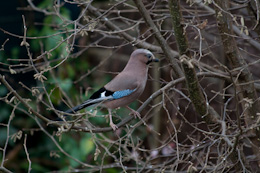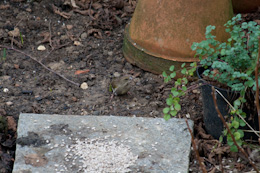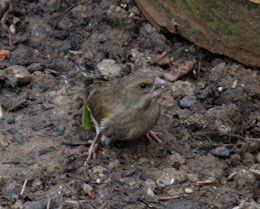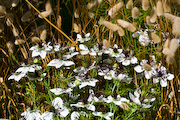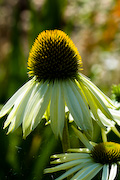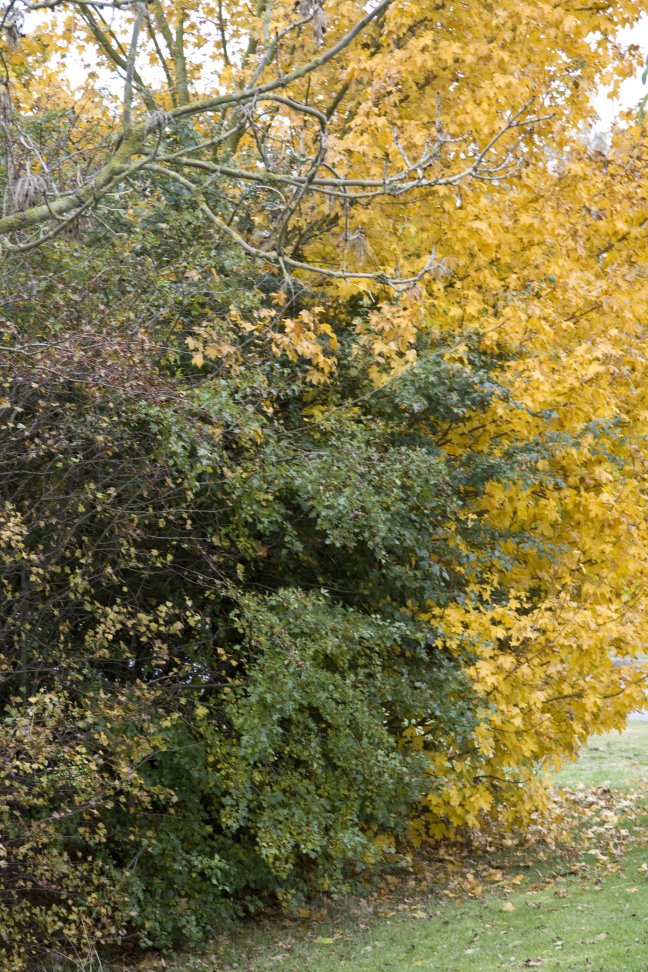I spent a short amount of time in the garden today trying to photograph bees. I have found that looking through a macro lens makes one study insects much more closely and reveals a fantastic level of detail. So much so that I can be distracted from pressing the shutter button.
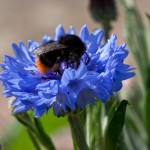
I was particularly interested in a bee with an orange behind, which, I am assuming was a red tailed bumble bee (Bombus lapidarius) and wanted to get a shot of it on a cornflower due to the contrasting colours. I took some shots and then it flew off. I then noticed it on some yellow flowers, time for another shot.
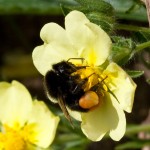
It was whilst I was sitting watching the bee and waiting for it to emerge from the midst of the flowers that I noticed another bee on the cornflower. Whilst observing both of these bees, it became apparent that one preferred the orange and yellow flowers, whilst the other was only interested in the cornflowers. Is it the case that individual bees prefer certain colours or types of flowers, or had, for example, cornflower bee already visited all of the yellow flowers and so was avoiding them? Should I be growing as many different types and colours of flowers as I can?
